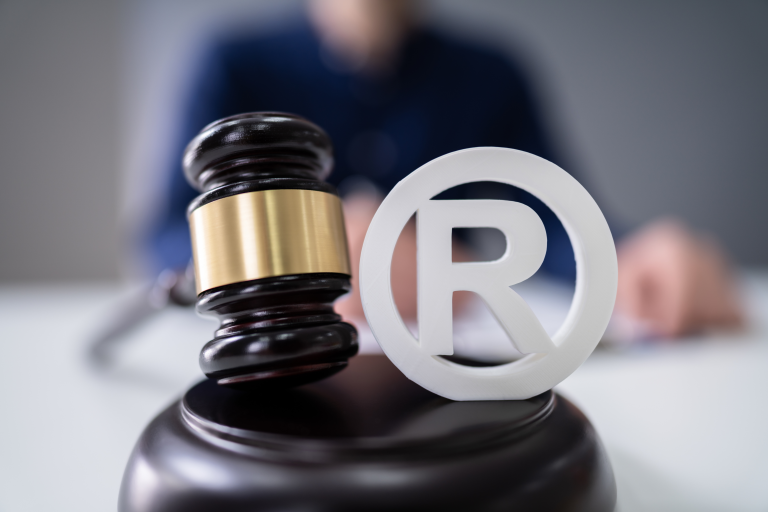Fortunately, the need to renew a trademark doesn’t arise frequently. Once registered in the United States, a trademark can endure indefinitely, contingent on specific maintenance obligations. Sustaining your trademarks is not only essential for complying with the United States Patent and Trademark Office (USPTO) requirements but also for safeguarding your brand comprehensively. Failure to renew a registered trademark can entail severe repercussions for your brand. Continue reading to grasp the essentials of renewing a trademark and how our adept Intellectual Property Protection Lawyers can provide assistance.
Trademark Renewal Cycle
In the United States, trademark proprietors are obligated to renew their registered trademarks every ten years, provided the trademarks are actively utilized in commerce between the fifth and sixth years following the original registration. The primary aim of renewing a trademark is to substantiate to the USPTO that the trademark remains in active use in commerce. A trademark that has fallen into disuse cannot retain its registration. This requirement was instituted by the USPTO to thwart the accumulation of unused trademarks. Any trademark not in active use is deemed “abandoned,” prompting removal from the USPTO’s registered trademarks records.
To validate the ongoing use of your trademark, the following documents must be filed between the fifth and sixth year post-original registration:
- A Section 8 Affidavit confirming continued usage of the trademark in commerce as initially documented in the registration.
- A Declaration of Incontestability (Section 15 Declaration) asserting that the trademark has not faced challenges, thus providing an additional layer of protection against potential trademark infringement cases.
Between the ninth and tenth years post-registration, the renewal process involves filing a renewal application (Section 9 Affidavit) with the USPTO. This step once again confirms the active usage of the trademark in accordance with the initial registration terms. Renewing a trademark extends exclusive rights for an additional ten years. Fortunately, submitting a renewal application is a straightforward process, allowing electronic submission through the Trademark Electronic Application System (TEAS).
Why Seek Assistance?
While the act of renewing a trademark may seem straightforward, ensuring compliance with USPTO requirements demands considerable knowledge and experience. Moreover, the USPTO does not issue reminders for trademark renewals. Failure to initiate the renewal promptly leads to the immediate cancellation of the registration and removal from the records. While a grace period of six months is granted for late renewals, it incurs additional fees, and the USPTO does not provide renewal reminders. Additionally, a trademark offers protection only when its owner actively enforces its rights. The USPTO does not engage in notifying individuals infringing on trademarks, leaving the onus on the trademark owner to take legal action. Fortunately, you need not navigate this process alone. Engage experts to handle these tasks on your behalf. To explore this option, contact Jurado & Associates, P.A. at (305) 921-0976 or email [email protected] to schedule a consultation with our Intellectual Property Protection team.






